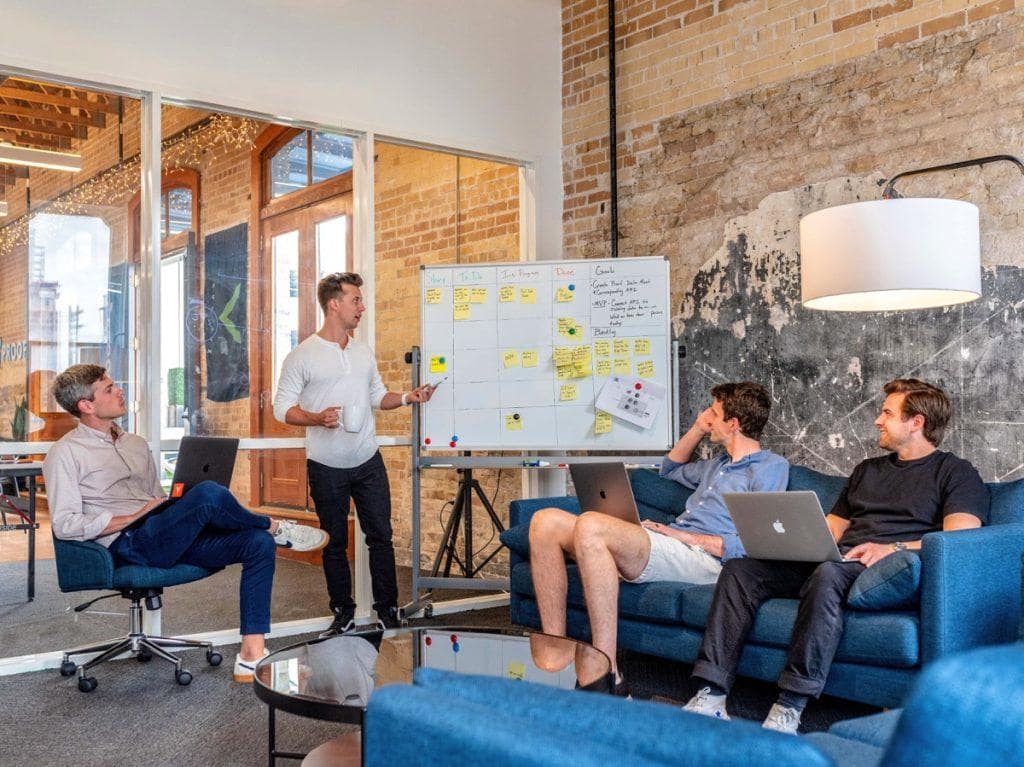In this first session of 44EAST Perspectives, we have had the pleasure of meeting up with the CIO of LB Forsikring, Jacob Tovborg-Jensen for a chat on how to keep an insurance company ahead of competition focusing on the topic of digital transformation as an enabler of opportunities and mitigator of threats with the emerging open insurance-related regulations.
Local Insurance Industry Trends
We can all agree on the significant disruption in the insurance industry that is expected to occur over the coming years. M&A activities will most likely proceed to ‘fine-tune’ insurance players across regions, especially considering the benefits of scaling, unless the company has a clear niche edge and the ability to continue primarily with this vision.

Jacob Tovborg-Jensen,
CIO of LB Forsikring
Jacob has more than 20 years of experience in the consulting- and IT-management industry . As an executive with deep insurance industry skills, Jacob has proven results in large business- and IT-transformation projects within the Financial Services industry.
Furthermore, new players will enter or change their play within the traditional insurance space. This includes e.g., insurtech firms that might have an edge on the digital customer journey or specific parts of the value chain, no matter if they enter alone or partner with traditional companies or other players. However, Jacob personally expects other companies to combine scale, partner with insurtech companies, and become the biggest threat in the future. This will most likely come from reinsurance companies and potentially large corporations that can easily provide: scale, relationship with the insurance companies, unique products, and distribution (Tesla, VW, IKEA being successful examples here). Then there’s still the ongoing whisper about GAFA – where they so far seem to have been satisfied by being a part of the ecosystem and benefited heavily from e.g., AdWords, rather than shipping their products themselves. Nonetheless, based on the recruitment of key insurance people within the industry, and the provision of reliable consulting services, this occurrence might be subjected to changes and major shifts over the coming years.

The response to this is clearly digital transformation. As he states, we need to “think digital in everything we do”. This is critical in order to ensure a great digital experience for the customer, combined with physical touchpoints, i.e., customers can easily navigate, using digital channels and when engaging an employee, the employee is supported by valid data, already provided by the customer or other parties. The digital transformation is necessary to result in the outcome of building an architecture that is suited for the challenges to come (that is, competing with the traditional and new players eager to bite off the traditional insurance companies’ value chain). Jacob states, that it is vital for architecture to be simple, and agile and at the same time, the customer experience thought into it from the start and through the product, service, and process design that go along with it.
What is important to note is data must be readily available to support the customer journey, and simultaneously, it should originate from the right source, and not be seen as a boundary handed over by the customer (either as a nuisance in the process or due to resistance to provide personal data with no clear value provided in return), e.g., a particular tariff can be easily calculated without having any history with the potential new customer.
Looking ahead, this also expands into what Jacob calls a critically vital movement in the industry in the years to come: Open Insurance.
Winners will be those who have succeeded in embedding Open Insurance into their business models and embrace the opportunities to partner with new players.
Jacob Tovborg-Jensen, CIO of LB Forsikring
Open Insurance
Whether it is mandated by regulatory authorities or just embraced by industry players to become more customer relevant and beat the competition, it is important to take a stand on it and embed it in the company’s vision. Open Insurance will be both a threat and an opportunity to all traditional players according to Jacob, and the winners will be those who have succeeded in embedding it into their business models and embrace the opportunities to partner with new players in the evolving ecosystem.
Some players may be pushed into providing products as a utility (read: you don’t really know who provides your electricity, the most important is that it works, it is cheap, and maybe green, but could potentially be coming from any company). This can be the case for some that, as Jacob phrases, “have built strong assets around data, have control over processes, products, and compliance, but simply lose the customer relationships due to others having better distribution channels. Now, they also gain access to the data asset due to “Open Insurance” (which, in a way, sounds like not being a “leveled playing field”).


These players may be the ones that do not have the response-how to compete with new players such as reinsurance partnering with insurtechs, GAFAs, or car manufacturers, but still, they may benefit from being the best in the class, providing products and transactions at a low cost. However, most players will be looking to establish a customer relationship, as is the case of Jacob and LB, but this will then require exactly the digitally transformed architecture, enabled to communicate seamlessly with an ecosystem of partners. If this comes up to be a success, the insurance company that owns the relationship with the customer can benefit from new revenue streams through the expanded sales channels, from the additional insurance products embedded as new offers, and the richer and more valid data foundation due to partnerships.
No matter what, significant change is to come, strictly requiring continuous learning, experimenting, and effort to stay (ahead) in the game.
Something on your mind?
Our team will gladly assist you





